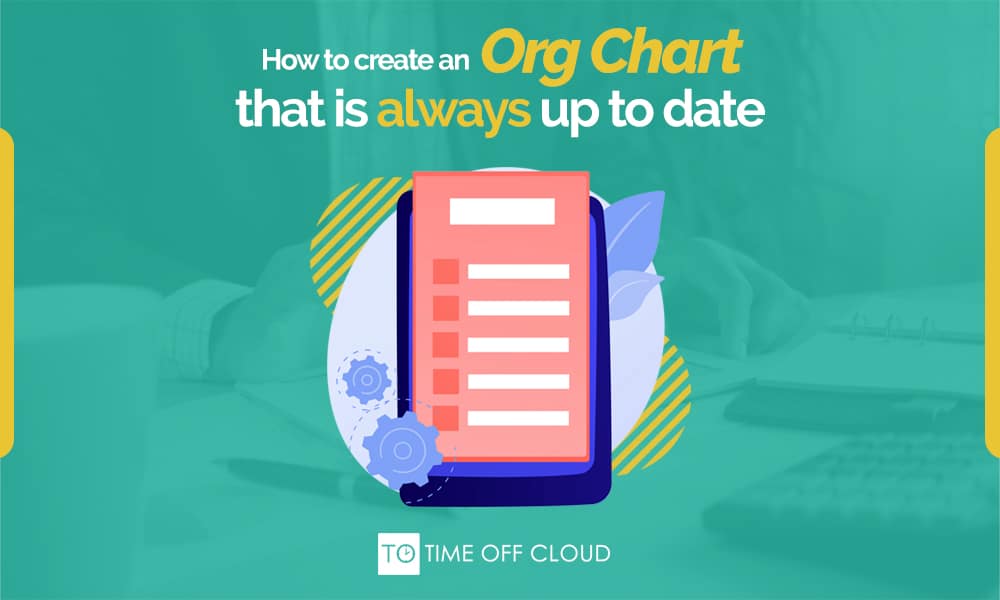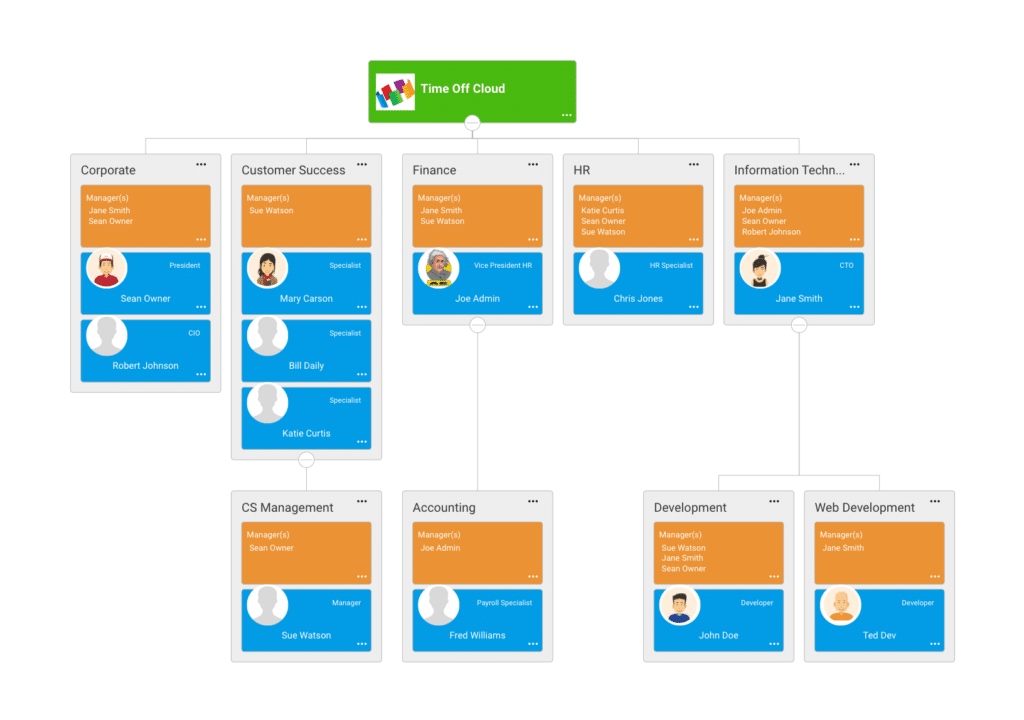Organizations are constantly evolving, with new hires, departmental reassignments, and position eliminations occurring regularly. Maintaining an up-to-date org chart in such dynamic environments can be challenging. However, by implementing an org chart that automatically adjusts to organizational changes, this challenge can be overcome. In this article, we will explore the process of creating an org chart using various software options.
Understanding an Org Chart
If you have experience within a large organization, you are likely familiar with the term “org chart.” An org chart is a diagram illustrating the structure of an organization and the relationships between its employees. It typically begins with the CEO at the top, branching out to include executives, managers, and staff.
Org charts serve as valuable resources for new employees seeking to familiarize themselves with the organization and aid managers in making informed decisions regarding reporting structures. Navigating a large organization becomes more manageable with the aid of an org chart.
Benefits of an Org Chart
Org charts are powerful tools that enable businesses to visualize their hierarchical structures. While they can take various forms, their primary goal is to provide a clear and concise representation of a company’s structure. The benefits of utilizing an org chart include:
Improved Communication: An org chart facilitates better communication by helping employees identify the relevant individuals to reach out to for specific information.
Simplified Decision Making: Managers can quickly identify individuals with decision-making authority on specific matters.
Enhanced Productivity: By understanding their roles and responsibilities within the organization and how their work contributes to the bigger picture, employees can improve their productivity.
Types of Org Charts
There are four main types of org charts: functional, divisional, matrix, and flat. The choice of chart type depends on factors such as the organization’s size, industry, and overarching goals.
- Functional Top-Down Hierarchy: The functional top-down hierarchy is the most common type of org chart. It establishes a clear chain of command where employees report directly to their supervisors. This structure is typically found in small businesses or those with a limited number of product lines or services.
- Divisional Org Chart: Larger companies with multiple divisions or product lines utilize divisional org charts. Each division has its managers and employees, allowing them to operate independently while remaining part of the larger organization.
- Matrix Org Chart: Matrix org charts are employed by companies needing to coordinate multiple activities or projects simultaneously. In this structure, employees report to more than one manager, making it prevalent in project-based organizations or those operating in multiple industries.
- Flat Org Chart: The least common type, the flat org chart, lacks a clear chain of command. Employees report directly to the CEO or senior executives. This structure is often found in start-ups or companies undergoing significant changes.
Creating an Org Chart that is Always Up to Date
To maintain an org chart that reflects the most current organizational structure, consider the following steps:
Gather Accurate Data
Ensure you have accurate and up to date information about employees, positions, and reporting relationships.
Choose Easy-to-Use Software
Select software that simplifies the process of creating and updating org charts. Different software options are available depending on your preferences and requirements. For example, Time Off Cloud is a leading software solution for creating and maintaining org charts that are always up to date. Its user-friendly interface and powerful features make the process seamless and efficient.
Implement Data Collection Processes
Establish effective procedures for gathering accurate data on employees, including their names, positions, departments, reporting lines, and contact information.
Standardize Data Formatting
Consistency is key when it comes to org chart data. Define a standardized format for capturing and organizing employee information, such as using specific fields for names, titles, and contact details. This standardization ensures uniformity and makes it easier to populate the org chart accurately.
Regularly Review and Update
Set a schedule to review and update the org chart at regular intervals. This could be monthly, quarterly, or whenever significant changes occur within the organization. Assign responsibility to a designated team or individual to oversee these updates and ensure the org chart remains current.
Communicate Changes
Whenever significant changes are made to the org chart, communicate these to all employees. This ensures that everyone is aware of the modifications and can adjust their communication and reporting accordingly.
Org Chart from Time Off Cloud
Here’s an example of an org chart made with Time Off Cloud:
Other Org Chart Examples
Check out these general examples of org chart structures:
How to Create Org Charts in PowerPoint, Word and Excel
Powerpoint:
o Open a new PowerPoint file and navigate to the “Insert” tab.
o Select the “Shapes” drop-down menu and choose the desired shape for each org chart element.
o Add text by clicking on each shape and entering the relevant information.
o Use the “Arrange” menu to position the shapes as desired.
Word:
o Open a new Word document and click on the “Insert” tab.
o Select “SmartArt” and choose the Hierarchy category.
o Pick the desired org chart layout and enter the text in the provided boxes.
o Your org chart will be inserted into the Word document.
Excel:
o Open a new Excel document and create a header row.
o Enter employee data into the appropriate columns (Name, Title, Phone Number, Email Address).
o Select all the cells containing data and go to the “Insert” tab.
o Click on “SmartArt” and choose the “Hierarchy” layout to insert the org chart.
o Customize the chart’s appearance using the formatting options under the “Format” tab.
In Conclusion
Org charts are indispensable tools for businesses of all sizes. By visually representing the organizational structure, they facilitate improved communication, simplified decision making, and enhanced productivity.
To create an org chart that remains up to date, choose user-friendly software, and make it easily accessible to all employees. By following these steps, you can create an org chart that effectively supports your business operations.
Contact Time Off Cloud
Time Off Cloud provides a streamlined process for creating org charts, allowing you to easily input as well as update information. Our intuitive tools ensure that even users with limited technical expertise can navigate the platform with ease. Whether you are a small business or a large enterprise, Time Off Cloud offers scalability to accommodate organizations of all sizes. Contact us to learn more, or schedule your demo today.






